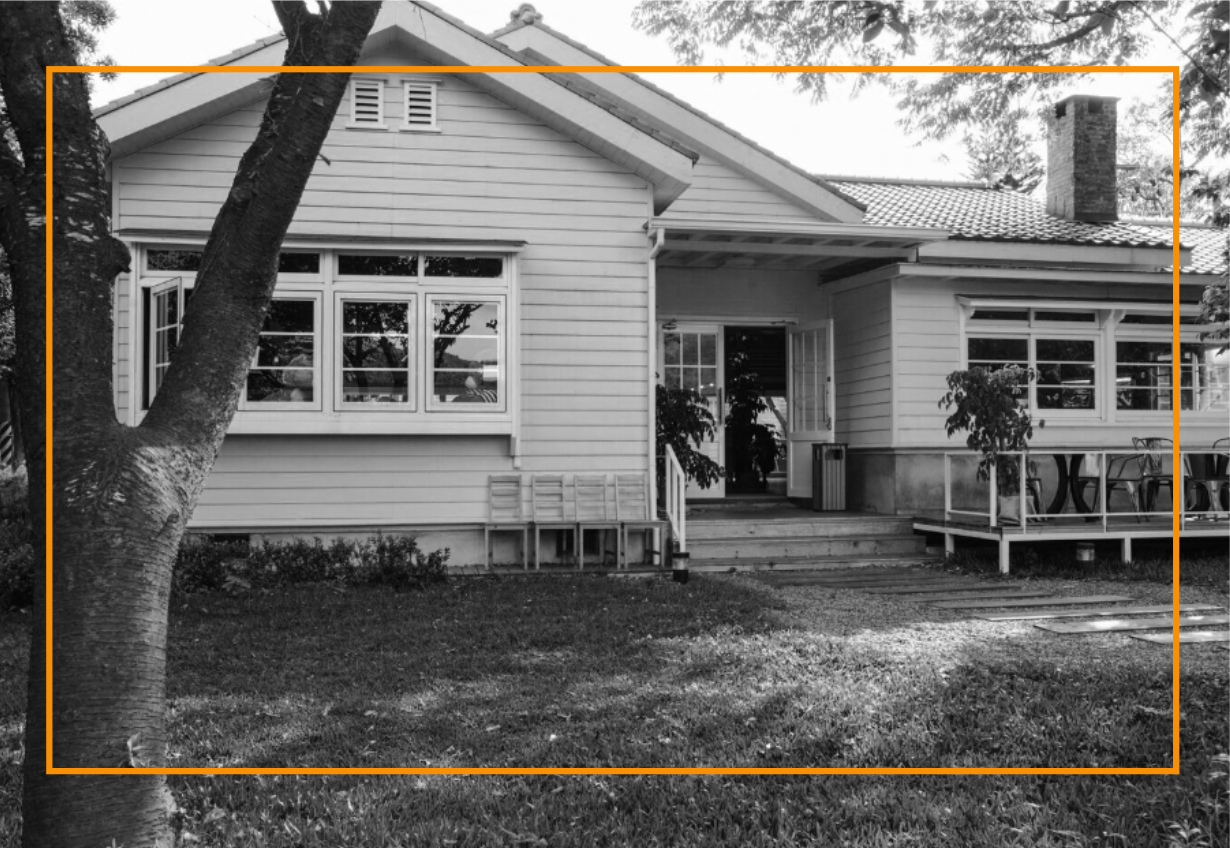What every Ontario homeowner should know before picking up a hammer — permits, efficiency rules, safety regs, and staying out of trouble.
Renovating your home is exciting. New floors, a dream kitchen, maybe expanding the living room. The works. But behind all that glam are serious rules: Ontario’s Building Code, local zoning by‑laws, energy efficiency standards, permits, inspections… screw up one thing and what should be a fun project becomes a costly headache. This post walks you through what building codes in Ontario really mean for your renovation plans, so you can plan smart, budget right, and avoid surprises.
1. What Is the Ontario Building Code (OBC) & Why It Matters
- The OBC is a legal framework that sets minimum standards for construction, renovation, safety, energy use, plumbing, ventilation, structural integrity, etc.
- It’s updated periodically. The latest version (2024) puts more emphasis on green building and energy efficiency. Green Building Canada
- Your renovation might fall under Part 11 (Renovations) if you’re keeping the same use (like residential), if structural changes aren’t drastic, etc. But not all renovations qualify. In Engineering
2. Permits: When You Definitely Need One
You’ll want a permit in these situations (but always check with your municipality — it varies):
- Additions, significant extensions, or structural changes.
- New or enlarged windows/door openings.
- Changing the use of a space (e.g. turning part of your garage into a rental suite).
- Decks or porches above a certain height, or attached to home. Newmarket+2Pembroke+2
- Plumbing, electrical, HVAC work.
- Demolition or removal of major components.
If you don’t get the needed permits: you risk fines, having to undo work, problems selling your house in future, insurance issues.
3. Renovations vs. Part 11 — Less Strict (Sometimes)
- Part 11 of the OBC is specifically for renovations. It provides some allowances versus full “from‑scratch” builds. In Engineering
- For example, if the building is existing, more than 5 years old, and you’re keeping its major occupancy the same, you might qualify under Part 11. In Engineering
- But even under Part 11, you may have to meet certain performance standards, fire safety, structural integrity, etc.
4. Energy Efficiency & SB‑12: Standards That Hit Renovations & New Builds
- Ontario’s Building Code includes SB‑12, a supplementary standard that focuses on energy efficiency. If your renovation is big (or you’re building new), SB‐12 rules will almost certainly apply. Homes By Hendriks+2Ontario+2
- SB‑12 has prescriptive paths (you follow specific “packages” of insulation, window/door performance, HVAC efficiency etc.) or performance paths (you do energy modelling to prove your design meets or exceeds standard performance. Homes By Hendriks
- There’s also the Energy Efficiency Design Summary (EEDS) form, which helps municipal authorities review compliance with SB‑12. Use it early. Saltzberry Design
5. New 2024 Code & Green Building Shift
- The updated 2024 OBC comes into effect Jan 1, 2025. Big news is a stronger “green” / energy‑efficient push. Green Building Canada
- More harmonization with national building codes, integration of standards for operational greenhouse gas emissions, and stronger performance requirements for existing building stock. Green Building Canada
- If you plan renovations after the code is fully in place, expect stricter requirements — potentially higher upfront cost, but savings on energy bills + better resale value.
6. Practical Steps: What You Should Do Before Renovation
- Talk to a local building official (municipality) as early as possible. Get clarity on what permits and code sections apply.
- Get plans & drawings done properly (ideally from a qualified designer or architect). Incomplete/incorrect plans slow permits and inspections.
- Decide whether you’ll follow a prescriptive SB‑12 package or performance path. Know your insulation, window / door ratings, mechanical systems etc.
- Budget for inspections, extra costs (if the inspector finds something out of code — e.g. framing issues, insulation, electrical).
- Keep documentation. Building permit, compliance forms, inspection reports — all helpful later (selling, insurance, etc.).
7. Hidden Costs & Risks If You Ignore the Code
- Fines or having to tear down or redo non‑compliant work.
- Insurance voids if damage occurs in non‑permitted areas.
- Trouble selling the house: buyers + lenders often ask for proof of permits, code compliance.
- Energy inefficiency: higher heating/cooling bills if insulation/windows/not up to code.
Renovations are worth doing, but doing them without respecting Ontario’s building code is a gamble. Elite Building makes sure clients get through permitting smoothly, build to the latest efficiency standards, and avoid unpleasant surprises. Plan with the rules in mind, budget properly, and your renovation won’t just look great — it’ll be legal, safe, efficient, and long‑lasting.
CTA idea: Want help navigating the permit process or figuring out which SB‑12 path is right for your home? Contact Elite Building & Construction for a free consult.
Sources & References
- Ontario’s Building Code updates and the new 2024 OBC & green building focus. Green Building Canada
- Part 11 of OBC: Renovations, when they apply & what flexibility homeowners have. In Engineering
- Supplementary Standard SB‑12 – energy efficiency requirements, prescriptive vs performance paths. Natural Resources Canada+3Homes By Hendriks+3Saltzberry Design+3
- Examples of when permits are required per municipalities like Newmarket. Newmarket



No responses yet